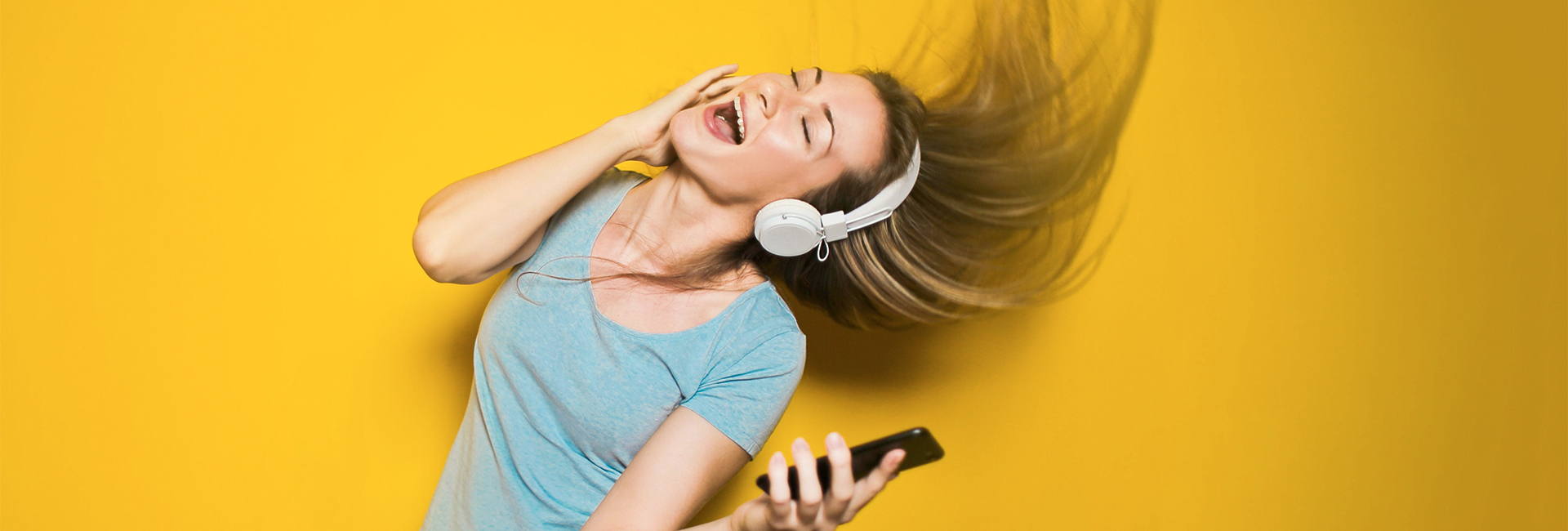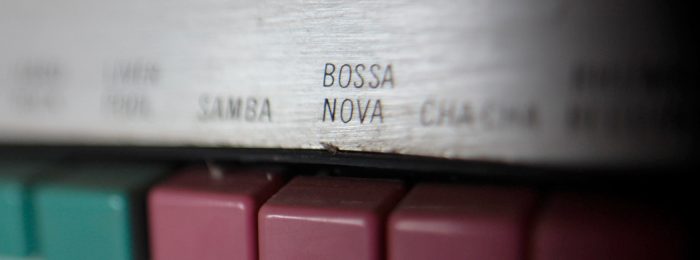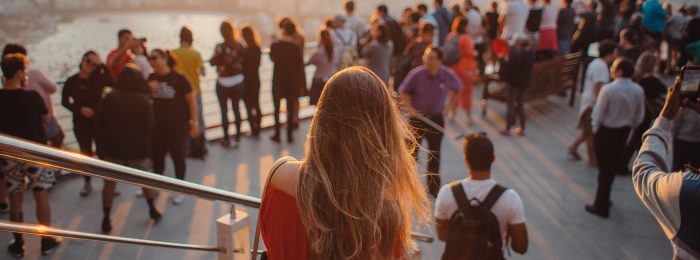Brazilians love social media. But to make a lasting impact, think beyond Facebook. Here’s what you need to know about Brazil’s social media landscape.
Fun-loving and sociable, Brazilians spend an average of 3 hours and 40 minutes each day on social media. The Brazilian government has invested heavily in the country’s internet connectivity to bridge the technology gap between rich and poor. As a result, 122 million Brazilians are now on social media – 87.7% of the country’s total internet population. Mastering the social media landscape is the best way to boost brand engagement, loyalty, and sales in Brazil. Here’s how to make it work.
FACEBOOK, GOOGLE+, AND TWITTER
Brazil is Facebook’s fourth largest market, so it’s a must for any effective Brazilian social media strategy. Google+ also emerged as a success, with Brazilian users making up the platform’s third largest demographic, but data security issues forced Google to shut the platform down in April 2019. This may well lead to a spike in uptake for other social media platforms.
Also popular in Brazil, Twitter is used for news and celebrity updates. Brazilian Twitter users rarely follow brands on the platform, so partnering with influencers may get results. This strategy paid off for South American telecoms provider Claro. They gained thousands of Twitter followers after partnering with soccer star Cristiano Ronaldo.
YOUTUBE GONE VIRAL
Brazilians love video – 44% of Brazilian internet users watch at least one video a day. Because internet connectivity is so widespread, YouTube is popular across social groups, so whatever your strategy, you’ll find your audience on YouTube.
In 2011, Nissan’s YouTube video campaign, Pôneis Malditos (Damn Ponies), became a viral sensation, almost doubling Brazilian car registrations.
Partnering with huge national events like Carnival and broadcasting those worldwide, as well as hosting some of Brazil’s most influential public figures (such as YouTube vlogger Felipe Neto), YouTube provides a great medium for cultural connection and advertising.
WHAT’S UP WITH WHATSAPP?
For many Brazilians, texting is not an option because SIM cards are too expensive, costing 55 times more than in North America.
So WhatsApp immediately took off when it entered Brazil in 2009. Today, it’s the main way 96% of Brazilian smartphone users communicate.
WhatsApp isn’t just about messaging, though. It’s how people, businesses and even government agencies manage transactions and relationships.
With it, brands can speak directly to customers – a huge advantage since 98% of WhatsApp messages are opened and read. Small boutiques are already doing this by alerting customers and sending photos of new collections. In some stores, customers can even message a salesperson to reserve select pieces.
Hellman’s Brazil has also mastered the platform. In 2014, they started recommending recipes based on what users had in their fridge. Chefs shared photos and videos of cooking techniques, and users could receive alerts when they needed to remove dishes from the oven.
FINAL THOUGHT
The Brazil social media landscape presents a great opportunity for brands looking to gain ground in Brazil. With such high social platform usage rates, Brazil is an ideal testing ground for highly targeted campaigns across channels. Think beyond Facebook and Twitter and explore YouTube and WhatsApp to drive success in connecting with Brazilian consumers on social media.


